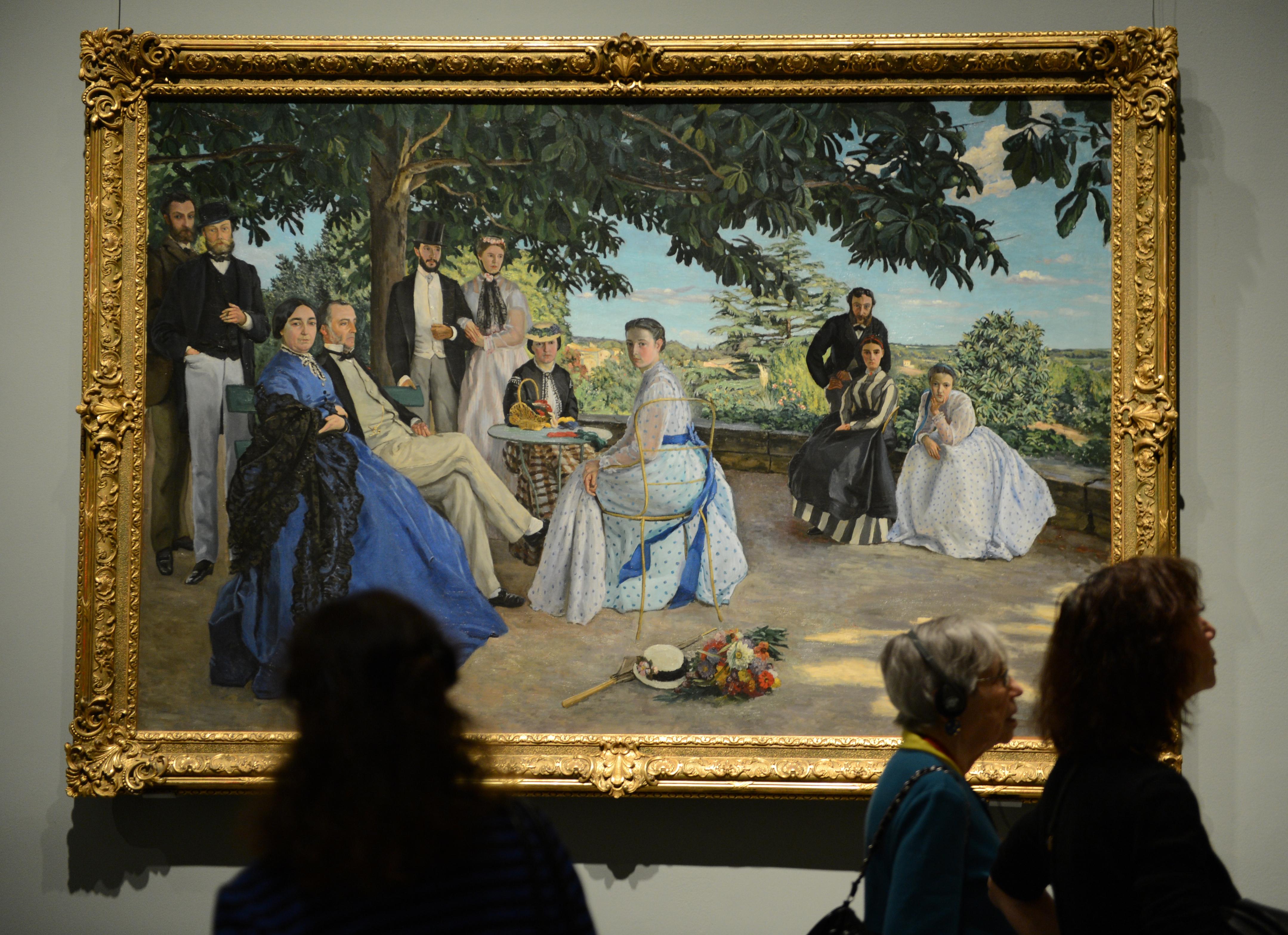I received From the Mixed-Up Files of Mrs. Basil E. Frankweiler as a gift from my grandmother. I was 9. I didn’t read it and didn’t read it and didn’t read it, because the title sounded fusty to me and because it came from my grandmother, whom I adored but didn’t trust to know my tastes, which ran to the ghoulish. I knew the book had to do with New York’s Metropolitan Museum of Art—another place I associated with my grandmother, and tired legs, and lots of solemn adults communing with painted kings and gods. The novel sat on my bookshelf.
A few years later, I was deeply engrossed in a quirky, lovely book called The View from Saturday. It followed four sixth graders whose life stories overlapped in strange, almost magical ways: Noah, Nadia, Ethan, and Julian. The kids formed an Academic Bowl team that won the local and then state competitions, not because they were whizzes, but because they were especially attuned to the connections underlying all things. They attended a place called Epiphany Middle School. I had my own epiphany when I realized that the name on the spine—E.L. Konigsburg—looked familiar; it was the same one that marked Basil E. Frankweiler, and the two monikers had a similar charming nuttiness, one that harmonized with the oddities throughout The View from Saturday. I decided to give Mrs. Frankweiler another chance.
So I opened the Newbery Medal-winning novel, first published in 1967, and read:
Claudia knew that she could never pull off the old-fashioned kind of running away. That is, running away in the heat of anger with a knapsack on her back. She didn’t like discomfort; even picnics were untidy and inconvenient: all those insects and the sun melting the icing on the cupcakes. Therefore, she decided that her leaving home would not just be running from somewhere but would be running to somewhere. To a large place, a comfortable place, an indoor place, and preferably a beautiful place.
The whole book was like that—conspiratorial, funny, warm-hearted. Claudia is a relatable, delightful lead in a story that approaches its themes from a slant, loves eccentricity and coincidence, and never takes itself too seriously. She selects the Metropolitan Museum of Art as her “somewhere” to run to, bringing along her younger brother, the purse of the operation. One evening they hide in the museum bathroom as the guards patrol the exhibits, and then—they’re in for the night, stowaways on a ship of culture dating back more than 2,000 years.
Maybe being lost at the Met in 1967 was a little like being lost on the Internet today. It meant a chaos of knowledge hurtling at you from multiple eras and continents: Etruscan sculpture, medieval armor, Peruvian prints. From the Mixed-Up Files of Mrs. Basil E. Frankweiler is about thrills and chills, but only the happiest, most effervescent kind. It’s an unabashed glorification of nerdiness, an ode to the kick of discovery, and it never apologizes for being enthusiastic about learning. You begin to suspect that, to E.L. Konigsburg, the height of human flourishing is learning in the company of people you care about.
Konigsburg, who died Friday at the age of 83, instilled the fantasy of secretly spending the night in a museum in generations of children. (Though when I called the Met on Monday, they said they were not aware of any instances of kids actually eluding the evening guards.) She wrote 16 children’s novels and illustrated three picture books, according to the Washington Post. She won two Newbery medals and one Newbery honor. From the Mixed-Up Files was adapted for the big screen twice—the first time starring Ingrid Bergman and the second Lauren Bacall—and also inspired the Night at the Museum franchise. Most importantly, though, the book gave, and continues to give, young readers a place to run to that, like the Met itself, is large, comfortable, and unquestionably beautiful. Konigsburg will be missed, but her book isn’t going anywhere.
